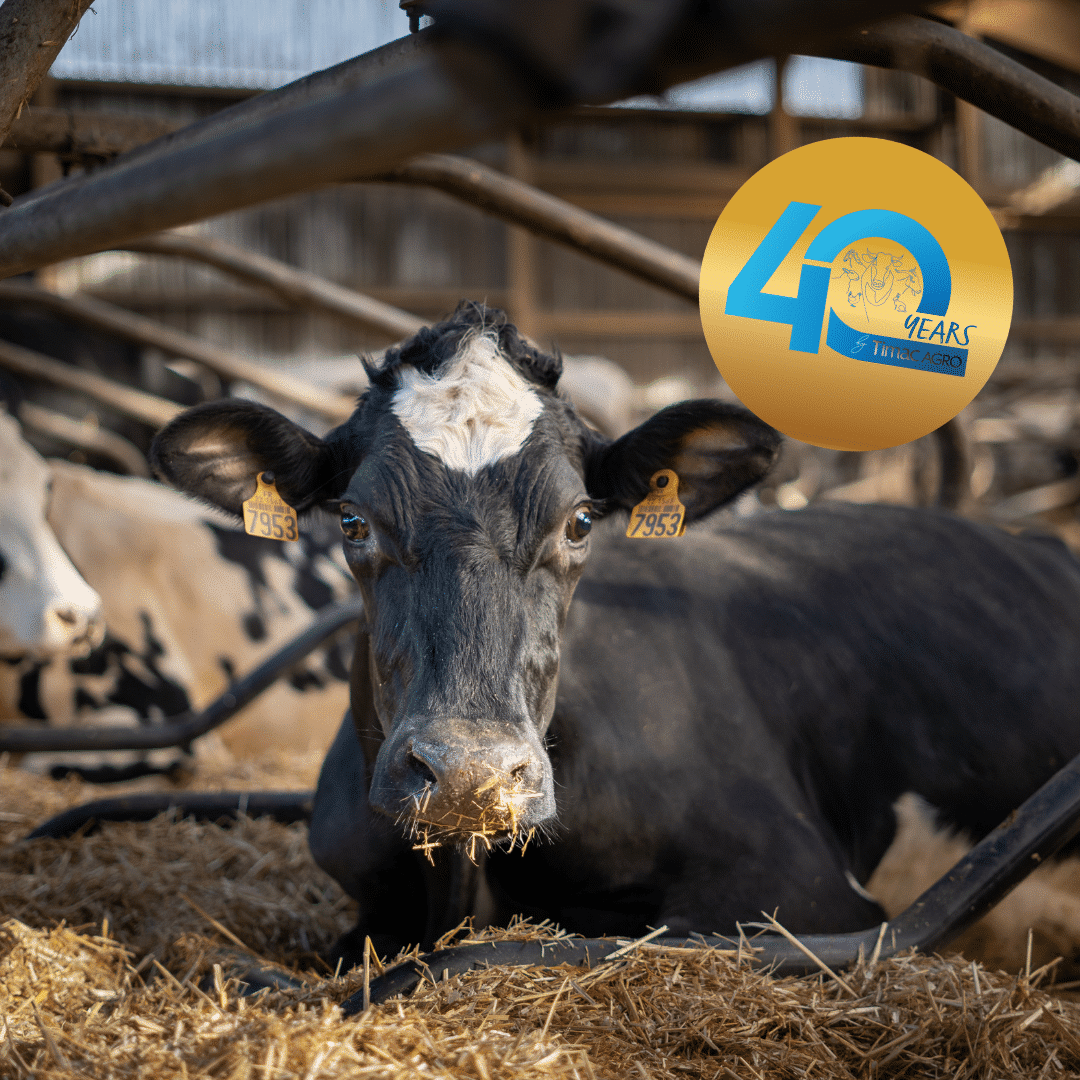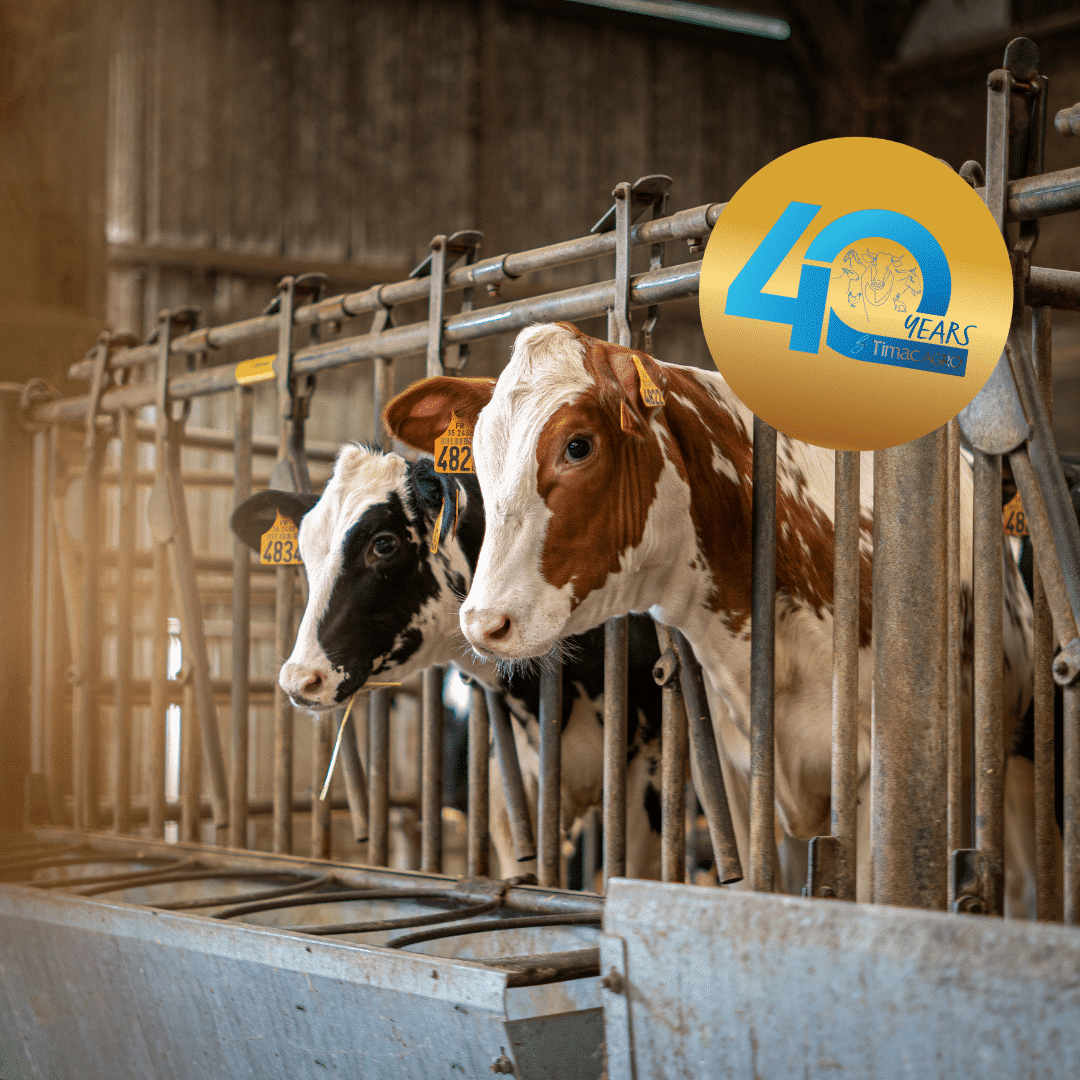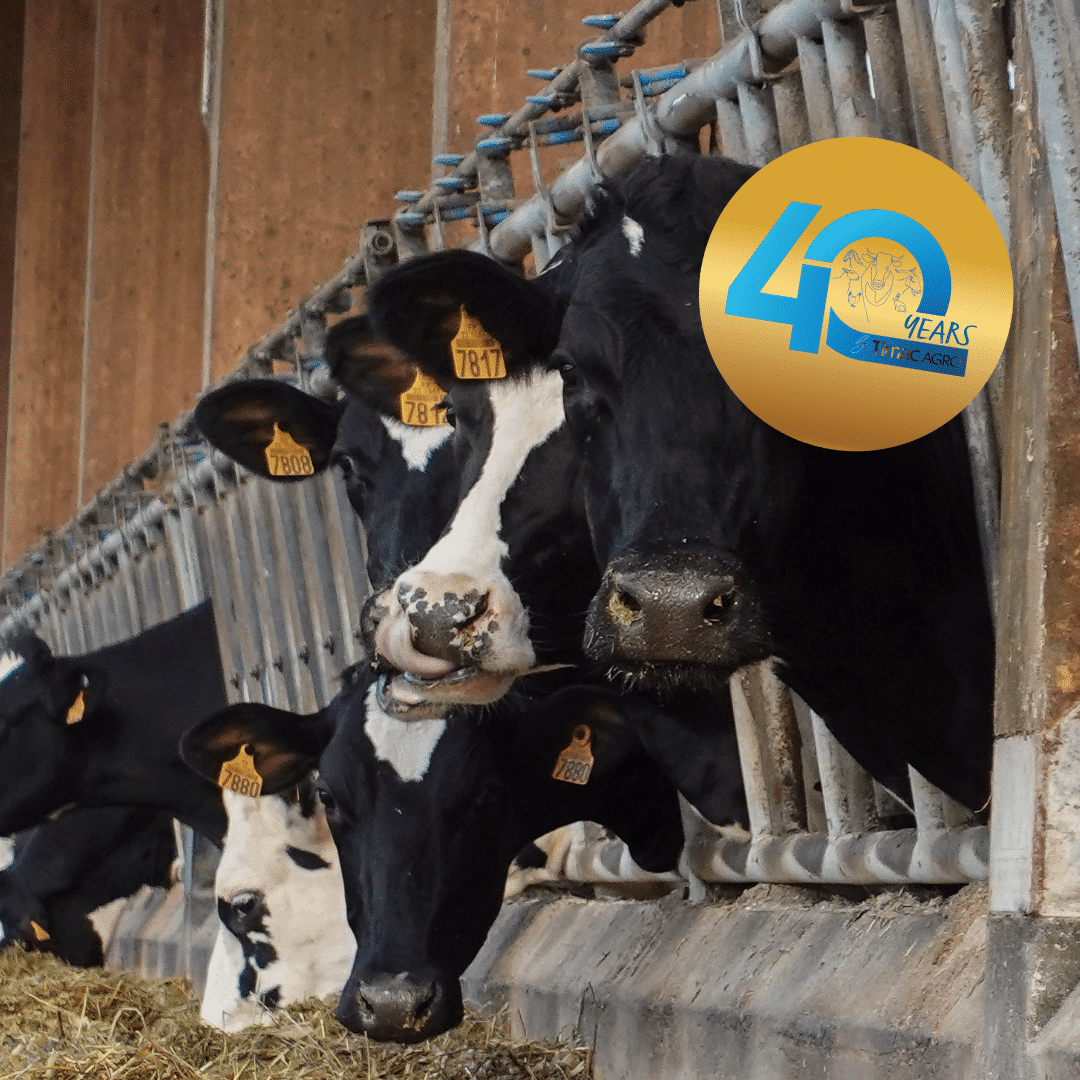Parasitism: how can parasitic infestations in ruminants be effectively controlled?
Parasitic infestations pose a major threat to the health, welfare and performance of ruminants. By compromising growth, milk production and disease resistance, internal and external parasites cause considerable economic losses for livestock farms (estimated at several hundred million euros per year in Europe). By impairing animal health, they harm their overall well-being and reduce their productive potential. Rigorous management, combining monitoring, prevention, treatment and targeted solutions, is therefore essential to limit their impact.
Internal parasites : an often invisible enemy
Internal parasites mainly colonise the digestive and respiratory systems of ruminants, causing a variety of disorders :
Anaemia (often with submandibular oedema)
Species | Parasite | Other associated signs |
Small ruminants | Haemonchus contortus | Rapid mortality, weakness |
Cattle | Haemonchus placei | Weakness, delayed growth |
Small animals/Cattle | Fasciola hepatica | Weight loss, liver disorders |
Diarrhoea (acute or chronic)
Species | Parasite | Other associated signs |
Small ruminants | Trichostrongylus spp | Black diarrhoea, weight loss |
Cattle | Trichostrongylus axei | Watery, weakness |
Small ruminants | Ostertagia spp | Chronicle, prickly hair |
Cattle | Ostertagia ostertagi | Greenish, slow growth |
Cattle | Cooperia oncophora | Mild, subclinical |
Small ruminants | Nematodirus spp | Profuse, dehydration |
Cattle | Paramphistomum spp / Calicophoron calicophorum | Mild, subclinical |
All | Strongyloides spp | Watery, sometimes dermatitis |
Weight loss, anorexia, growth retardation
Species | Parasite | Other associated signs |
Small ruminants | Cooperia spp | Subclinical, growth retardation |
Small ruminants | Chabertia ovina | Bloody diarrhoea, colic lesions |
Cattle | Cooperia punctata / pectinata | Slowed growth, diarrhoea |
Cattle | Oesophagostomum radiatum | Abdominal pain, intestinal nodules |
Cattle | Fasciola hepatica | Reduced production, hepatomegaly |
Cattle | Calicophoron calicophorum | Fatigue, digestive problems |
Dermatitis, skin lesions (migrating larvae)
Species | Parasite | Other associated signs |
Small ruminants | Strongyloides spp | Dermatitis, coughing possible |
Cattle | Bunostomum phlebotomum | Skin irritation, anaemia |
External parasites : a source of stress and disease
External parasites live on the skin of cattle and feed on blood, causing stress, irritation and the transmission of pathogens :
- Ticks : transmit serious diseases such as piroplasmosis and anaplasmosis. In addition to their role as vectors, they cause blood loss and local inflammatory reactions.
- Lice : cause intense itching, skin lesions and reduced feed intake.
- Mites : cause severe itching, scabs and deterioration of skin quality. A heavy infestation leads to generalised weight loss.
- Flies : disturb cattle, reducing their feed intake and rest time. Some species carry pathogens, exacerbating their impact on health.
Prevention and control strategies
To protect the health of ruminants in the long term, parasite control must be based on a comprehensive approach combining several complementary measures.
These tools not only confirm the diagnosis, but also monitor the effectiveness of the interventions implemented.
Additional prevention and control strategy
At TIMAC AGRO, we offer targeted support and innovative, tailored solutions to limit the impact of parasites :
- Functional nutrition: Feed enriched with specific trace elements supports the immune system of ruminants.
- Accurate diagnosis: Thanks to the expertise of its advisors, TIMAC AGRO helps farmers identify periods of risk so that preventive measures can be taken to address issues related to parasitism.
- Sustainable management of antiparasitic treatments: advice on the strategic and alternating use of molecules, limiting the risk of resistance.
- Sustainable innovation: solutions incorporating natural active ingredients and specific formulas to improve animal welfare.
- Field support: Our experts work with farmers in the field to develop customised parasite management plans tailored to each farm’s specific context.
Effective control of internal and external parasites is essential to ensure the health, well-being and performance of cattle. By combining monitoring methods, optimised management practices and a rational approach to treatments, farmers can limit economic losses and improve the resilience of their herd.




